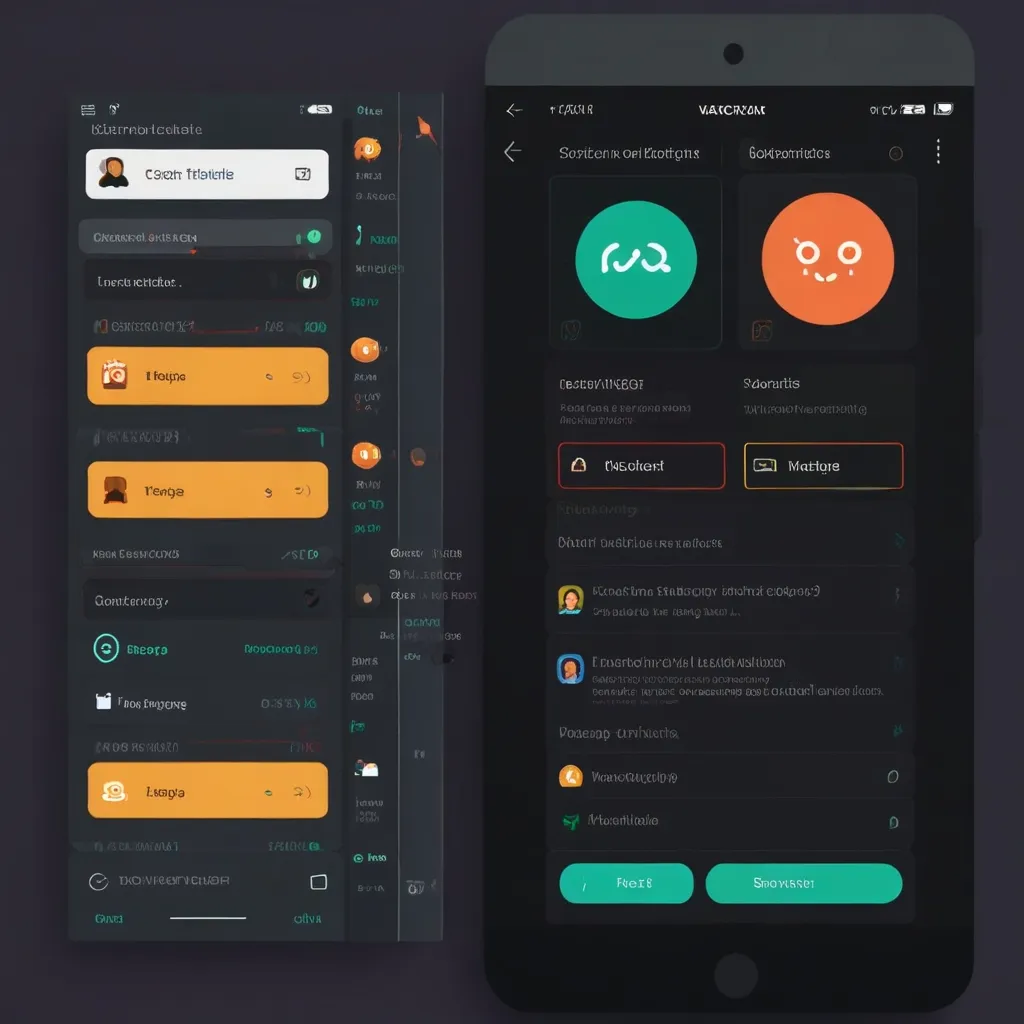Three.js is like that secret sauce you suddenly discover in your kitchen, and then wonder how you ever cooked without it. This JavaScript library is a game-changer for creating and displaying animated 3D computer graphics in web browsers. It sits atop the WebGL API, acting like a buffer that simplifies the complexities of WebGL, freeing you up to focus on crafting eye-popping 3D visuals without getting bogged down by low-level code.
Three.js is all about being lightweight and user-friendly. It’s designed to strip away the convoluted nature of WebGL so developers can focus on making cool stuff rather than wrestling with intricate graphics programming. This makes it a perfect fit for web developers who are eager to add a touch of 3D magic to their projects, minus the steep learning curve.
One of the head-turning qualities of Three.js is its knack for rendering 3D scenes using WebGL, but its talents don’t stop there. It’s versatile enough to support other rendering methods like CSS and canvas. This flexibility opens up a lot of possibilities, from straightforward 3D models to intricate interactive environments.
Starting with Three.js is a breeze because it comes packed with a solid set of tools and features. For example, it has built-in support for loading 3D models in different formats like GLTF, which is a big deal for many web-based 3D apps. Plus, it offers various camera controllers, physics integrations, and post-processing effects, making it a well-rounded solution for diving into 3D development.
But don’t pigeonhole Three.js as just a toy for games and VR experiences. It branches out into all sorts of interesting areas. You’ll find it in scientific visualization, architectural renderings, and even interactive 3D advertisements. Its lightweight nature and ease of use make it ideal for quickly prototyping and deploying 3D content.
When you stack Three.js against other 3D libraries like Babylon.js or juggernaut game engines like Unity and Unreal Engine, its unique mission becomes clear. While Unity and Unreal are like Swiss Army knives for full-fledged game development, packed with features, Three.js zeroes in on providing a nimble and flexible way to render 3D graphics in the browser. This makes it a top pick for developers who want to bring web-based 3D applications to life without the heavy-duty overhead a game engine would entail.
Learning to navigate Three.js is relatively straightforward, especially for those who already have some JavaScript chops. The treasure trove of resources includes detailed documentation, tons of examples, and a lively community forum. For anyone wanting to dive deeper, courses and tutorials are at your fingertips, like Bruno Simon’s “Three.js Journey”, which offers a thorough grounding in the library.
Out in the real world, Three.js is flexing its muscles in all kinds of creative and innovative ways. From event installations that create captivating 3D experiences like day/night cycles and moving light setups, to augmented reality environments, it’s making waves. Its ability to run on different platforms, including Node.js, further expands its versatility for both web and native applications.
Imagine you’re working on a project to create an interactive 3D globe. With Three.js, you can effortlessly load a 3D model of Earth, slap on some textures and lighting, and make it interactive with features like zooming and panning. Here’s a quick peek at what the code might look like:
// Import the necessary modules
import * as THREE from 'three';
// Create the scene, camera, and renderer
const scene = new THREE.Scene();
const camera = new THREE.PerspectiveCamera(75, window.innerWidth / window.innerHeight, 0.1, 1000);
const renderer = new THREE.WebGLRenderer({
canvas: document.getElementById('canvas'),
antialias: true
});
// Load the 3D model of the Earth
const loader = new THREE.GLTFLoader();
loader.load('earth.gltf', (gltf) => {
scene.add(gltf.scene);
});
// Add some basic lighting
const light = new THREE.DirectionalLight(0xffffff, 1);
scene.add(light);
// Render the scene
function animate() {
requestAnimationFrame(animate);
renderer.render(scene, camera);
}
animate();
This snippet shows just how effortlessly you can whip up a basic 3D scene with Three.js and start rendering a 3D model.
Three.js is, in a nutshell, an incredibly powerful tool for creating 3D graphics in the browser. Its user-friendly interface, flexibility, and the wealth of community support make it a standout choice for developers looking to add 3D flair to their web projects. Whether you’re aiming to build interactive 3D models, intricate scientific visualizations, or immersive VR experiences, Three.js hands you the keys to a whole new realm of creative possibilities. If the world of 3D graphics programming beckons, Three.js is definitely a stellar place to start.






